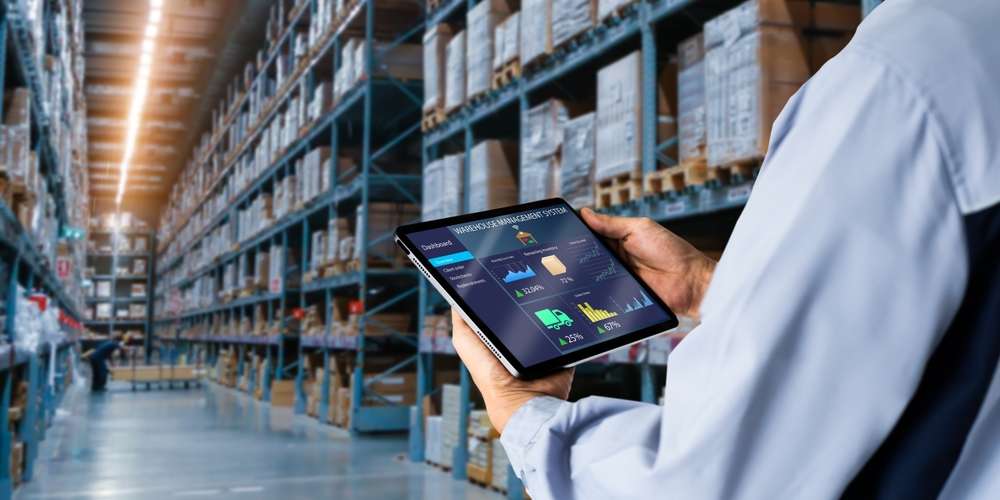Virtual Reality Opera: Redefining the Boundaries of Performance Art
In a bold fusion of cutting-edge technology and classical artistry, virtual reality opera is emerging as a groundbreaking medium that challenges traditional notions of theatrical performance. This innovative art form combines the rich musical traditions of opera with immersive virtual environments, offering audiences an unprecedented level of engagement and interactivity. As the boundaries between the digital and physical worlds continue to blur, virtual reality opera stands at the forefront of a new era in performing arts, promising to revolutionize how we experience and appreciate this centuries-old art form.

Technological Advancements Driving Innovation
The rapid evolution of VR hardware and software has been instrumental in the development of virtual reality opera. High-resolution displays, precise motion tracking, and spatial audio technologies have dramatically enhanced the immersive quality of VR experiences. Cutting-edge rendering engines now allow for the creation of stunningly realistic virtual environments, while advancements in real-time motion capture enable performers to inhabit virtual avatars with unprecedented fidelity.
Reimagining the Operatic Experience
Virtual reality opera offers a radical departure from traditional stage productions. Audiences are no longer confined to fixed seating positions but can move freely within the virtual space, exploring different perspectives and even interacting with the performance. This level of immersion allows for a more personal and emotionally engaging experience, as viewers feel physically present within the operatic world.
Collaborative Creation: A New Paradigm
The development of virtual reality opera demands a unique collaborative approach, bringing together diverse teams of artists, musicians, designers, and technologists. Opera composers and librettists must now consider the spatial and interactive elements of their works, while visual artists and programmers work in tandem to create responsive virtual environments. This interdisciplinary collaboration is fostering new forms of creativity and pushing the boundaries of what opera can be.
Challenges and Criticisms
Despite its potential, virtual reality opera faces several challenges. The high cost of VR equipment and the technical expertise required for production limit accessibility for both creators and audiences. Critics argue that the technology may distract from the music and storytelling, potentially diminishing the emotional impact of traditional opera. Additionally, concerns about the isolating nature of VR experiences have led to discussions about the social aspect of opera attendance.
The Future of Virtual Reality Opera
As technology continues to advance and become more accessible, the future of virtual reality opera looks promising. Emerging trends include multi-user experiences that allow audiences to share virtual spaces, haptic feedback systems that enhance sensory immersion, and AI-driven responsive environments that adapt to individual viewers. These innovations suggest that virtual reality opera will continue to evolve, offering increasingly sophisticated and emotionally resonant experiences.
Global Impact and Cultural Exchange
Virtual reality opera has the potential to transcend geographical and cultural boundaries, making opera more accessible to global audiences. By removing the need for physical venues and travel, VR technology allows for the creation and dissemination of operatic works from diverse cultural traditions. This democratization of opera could lead to a renaissance in the art form, introducing new voices and perspectives to the global stage.
Educational Opportunities
The immersive nature of virtual reality opera presents unique educational opportunities. Students and enthusiasts can explore historical operas in recreated period settings, gaining a deeper understanding of the cultural context of these works. Interactive elements can provide insights into musical composition, stagecraft, and performance techniques, making opera education more engaging and accessible to younger generations.
Conclusion
Virtual reality opera represents a bold leap into the future of performing arts, offering a tantalizing glimpse of how technology can enhance and transform traditional art forms. As this medium continues to evolve, it challenges artists, technologists, and audiences alike to reimagine the possibilities of operatic expression. While it may never fully replace the visceral thrill of live performance, virtual reality opera opens up new avenues for creativity, accessibility, and artistic exploration, ensuring that this centuries-old art form remains relevant and vibrant in the digital age.






